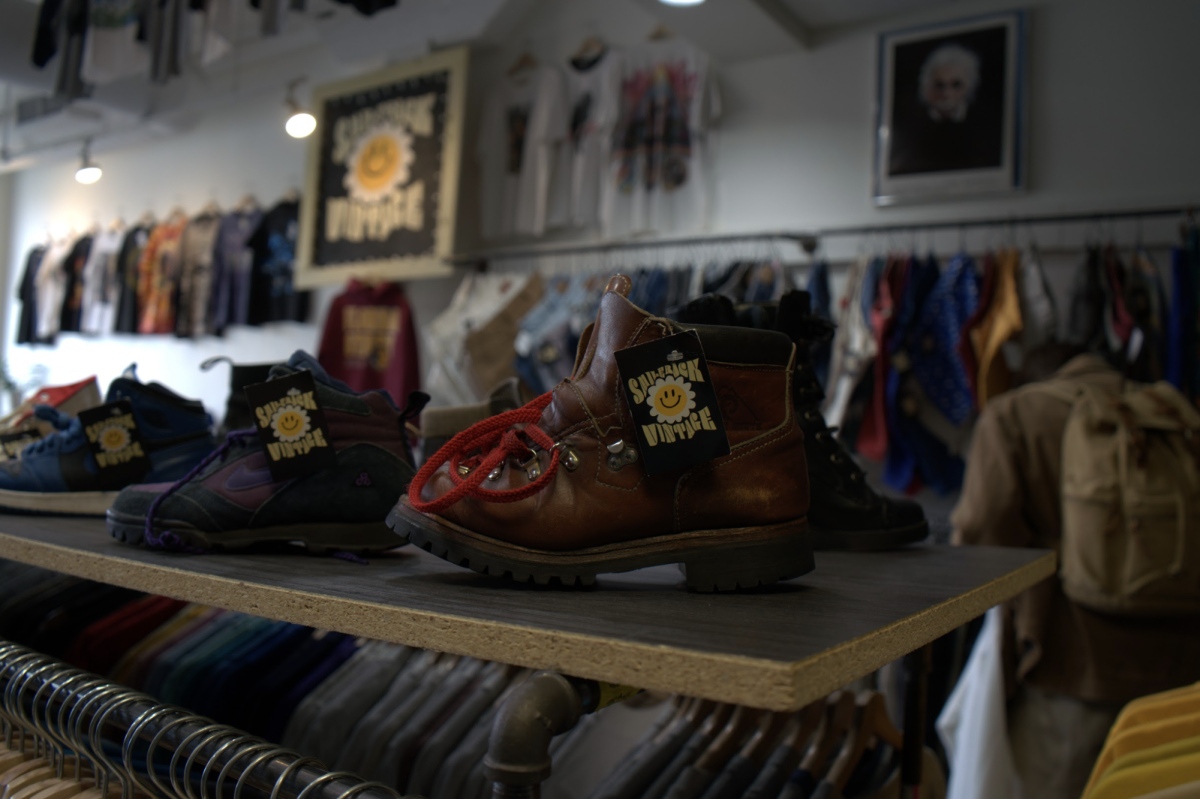After months of debate, Como Congregational Church will see some interim protections while a yearlong historical significance study is underway.
Last month, the city’s Heritage Preservation Commission (HPC) approved the long-contested nomination of Como Congregational Church’s designation as a Minneapolis historical landmark. Concerned Como Neighbors (CCN), a group composed of area residents, has advocated for this nomination since the start of the year following a proposed redevelopment of the church.
“It certainly has a long history in defining that neighborhood and being a center of activity there,” said Ward 2 City Council member Cam Gordon.
The nomination was approved despite opposition from the property owner, Christopher Poor, who has owned it since 2006. At the HPC meeting, Poor said he opposes the nomination because the building lacks its original architecture, and it would be too expensive to maintain.
“I just don’t think there’s enough of the building to save as a historic property,” Poor said at the meeting. “I think structurally it’s just gone.”
Poor said he was never made aware of the neighborhood’s early efforts to nominate the church as a historical landmark.
“I’ve been excluded from this process from the beginning,” Poor said in an interview with the Minnesota Daily. “Both from the neighborhood association and from my actual neighbors.”
The nomination means that the church, built in 1886, will now be part of a yearlong study conducted by city staff and will be protected against redevelopment in the meantime. Staff will report back to the HPC with the findings, and the commission will decide whether to officially designate the church as a historical landmark.
Larry Crawford, a representative of CCN, said the group is going to continue collecting donations and conducting additional research about the church’s history.
Como Congregational Church currently represents two historical criteria: neighborhood identity, because it was one of the most visited community spaces for more than a century and cultural history, because it is thought to be the neighborhood’s first church and was a multidenominational space that influenced the area’s development.
However, little is known about the history of the Southeast Como neighborhood overall, according to Connie Sullivan, a CCN member and retired University of Minnesota professor who lives near the church. The group conducted much of its own research to help protect the church. Sullivan said the neighborhood is often ignored because it is a mostly industrial area, not residential. Plus, many of the houses are owned by absentee landlords.
“That has an impact on community life,“ Crawford said. “When you don’t have personally invested homeowners … that’s an important part to keep a neighborhood vital and vibrant.”
While neighbors conducted research, Sullivan said they found that Maria Sanford, a key historical figure, was heavily involved in the church from the start.
Sanford was the first female professor hired at the University and regularly spoke at the church, Sullivan said. She was a vocal environmental advocate who helped establish Itasca State Park at the headwaters of the Mississippi River. In 1920, Sanford was chosen to speak at a state celebration of the passage of the 19th Amendment that gave women the right to vote, according to a MinnPost article.
“On her basis alone, the church should be preserved,“ Crawford said. “To kind of memorialize and interpret her civic legacy to the people of Minneapolis.”
Crawford said CCN wants the church to be a community-oriented nonprofit that hosts community events such as art exhibits, music and community meetings. But Poor, the property owner, said he has unsuccessfully worked with the neighborhood for years trying to get a nonprofit into the church. Now, he is skeptical that an organization would be able to raise the nearly $1 million that he thinks is necessary to preserve the building.
Still, the neighbors are steadfast in their dedication to save the building.
“It’s important for a sense of cohesion and community and a sense of who we have been, which informs who we are,” Sullivan said.





















